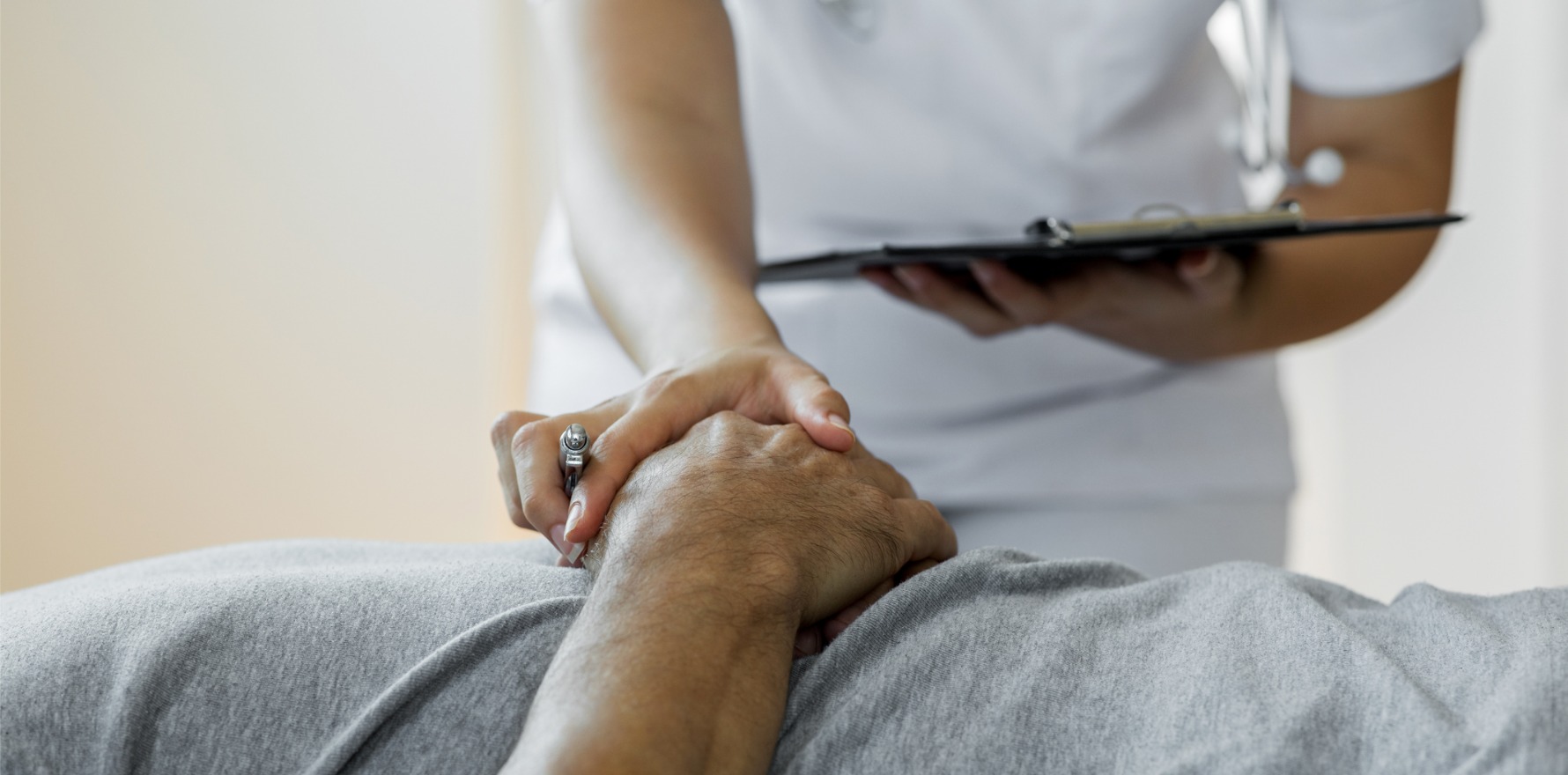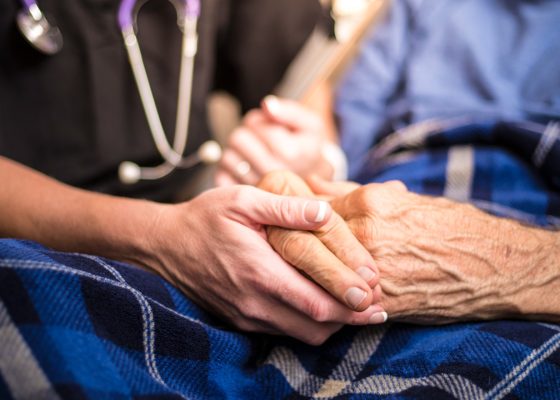Restrictions on medical practitioners discussing VAD with their patients has proved to be a barrier to VAD effectiveness and usefulness in the state.
South Australia’s Voluntary Assisted Dying Review Board has released its 2022-23 annual report, detailing how VAD was is carried out in the state in its first five months of operation.
From January 31 – 30 June 2023, 45 South Australians died through VAD, with 116 making an initial request for VAD access; 115 people had their initial request approved, and 109 went on to be assessed by a doctor.
Seventy-five percent of these 109 patients were aged 65 and older, 72% lived in metropolitan Adelaide, 73% were born in Australia and 72% were accessing palliative care.
Patients classed as eligible from the preliminary assessment numbered 101, and 88 had a consulting assessment from another doctor. Of these, 87 were eligible for VAD.
There were 68 VAD permits issued – 51 of these were a self-administration permit and the remaining 17 were practitioner administration permits.
The average length between initially applying to access VAD and receiving an outcome for a permit was 26 days, and patients waited on average 14 days between being issued with a permit and being administered the VAD substance.
Between 31 January and 30 June 2023, 45 patients died – 39 from administration of the VAD substance and six from other causes; 27 of the 45 patients were diagnosed with cancer, and 10 had a neurodegenerative disease; 23 died at home, 18 died in a hospital and four died in a residential aged care facility; 31 were receiving a palliative care service while accessing VAD.
VAD clinical advisors Dr Peter Allcroft and Dr Chloe Furst underlined that restrictions under SA legislation that prevented medical practitioners raising VAD as an end-of-life option were problematic, violating the requirement that medical practitioners explore all possible options with patients.
A brother of a VAD patient praised the “humanity shown throughout”, describing an “even partnership” that ensured the “primary person” was the patient.
He added that the VAD process gave agency and autonomy to his brother, which was an “empowering moment and one that cannot be overestimated in its effect on the person’s sense of well-being and control over one core thing in their life when all other things seem to be beyond their control”.
“The voluntary assisted dying process was really the first time that any medical and allied health practitioners had given such understanding and empathy to my sister’s suffering, and that was such a relief,” a sister of a VAD patient said.
As of 30 June 2023, 111 medical practitioners were registered to undertake the mandatory training needed to support access to VAD; 73% of these practitioners were based in Adelaide, and 27% in regional South Australia.
Of those 111 doctors 65 were GPs, and the report encouraged GPs to consider expanding their scope of practice to support those seeking VAD.
‘Supporting patients who are exploring voluntary assisted dying is both a privilege and professionally stimulating,” said Adelaide GP Dr Carolyn Lawlor-Smith.
“It is quite unlike routine general practice. There is a depth to the doctor patient relationship that emerges quickly as you explore the impact of a terminal illness on the patient’s life. Your obligation to explore and assess suffering means you really meet the person before you.”
Dr Cuong Do, an oncologist based in regional South Australia, said it was important to reduce stigma surrounding VAD, underlining that it should be “openly discussed”.
“I do not want to make patients feel that it is a secret that they have to hide,” he said.
The report outlined priorities for the next year, including more thorough bereavement services, the development of a culturally appropriate Aboriginal VAD model of care, greater medical practitioner recruitment and sustainment, and more extensive resources.
Do you have a story tip for us, or a topic you would like to see us cover? Contact the editor at editor@healthservicesdaily.com.au.



